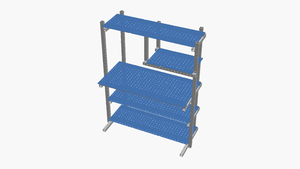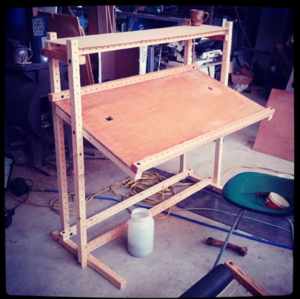Desks: Difference between revisions
From
No edit summary |
No edit summary |
||
| Line 18: | Line 18: | ||
</gallery> | </gallery> | ||
===Parts=== | ===Parts=== | ||
==Standing desk== | ==Standing desk== | ||
| Line 35: | Line 25: | ||
</gallery> | </gallery> | ||
===Parts=== | ===Parts=== | ||
==Gaming desk== | ==Gaming desk== | ||
| Line 52: | Line 32: | ||
</gallery> | </gallery> | ||
===Parts=== | ===Parts=== | ||
=Tools= | |||
<gallery> | |||
| | Wrench.png|link=[[Wrenches]]|[[Wrenches]] | ||
</gallery> | |||
| | |||
=References= | =References= | ||
Revision as of 17:26, 26 March 2021


Challenges
Approaches
Adapter plates
- VESA mount
- ATX mount
Drafting table
-
Replimat drafting table rev1
-
Replimat drafting table rev1
Parts
Standing desk
-
Standing desk
-
Standing desk
Parts
Gaming desk
-
Gaming desk
-
Gaming desk






